Start your weekend with some sizzle: a Brigitte Bardot noir double-feature (“The Truth” and “Love Is My Profession”) at the Aero Theatre in Santa Monica. It’s part of a mini-festival put on by the American Cinematheque and Mid-Century Productions, called “The French Had a Name for It: Rare French Film Noir.”
The fest springs from an irony of film history – though the French New Wave filmmakers, writers and critics celebrated many American film noir works, they were often quick to disparage indigenous French noirs. As a result, some fine films have not received much love over the years.
The fest seeks to rediscover and redeem these films—many of which feature France’s most iconic stars such as Bardot, Jean Gabin, Simone Signoret and Lino Ventura; directors such as Henri-Georges Clouzot, Julien Duvivier, Yves Allégret, Claude Autant-Lara and Edouard Molinaro; and photographers such as Henri Dacaë, Armand Thirard and Jacques Natteau.
See you at the Aero!
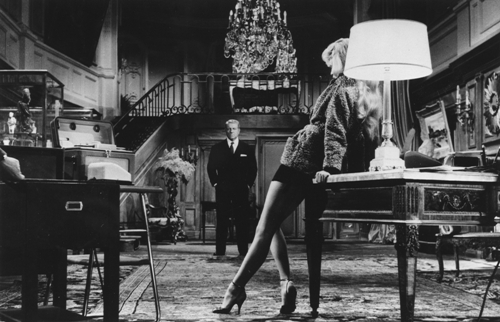





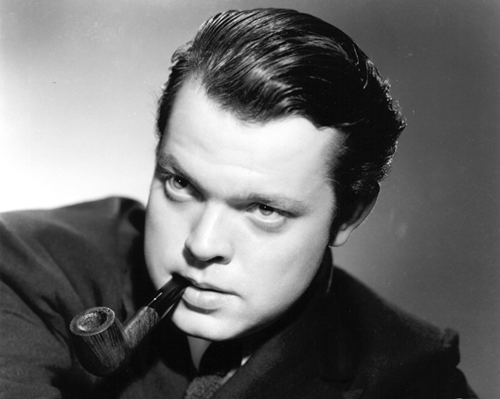

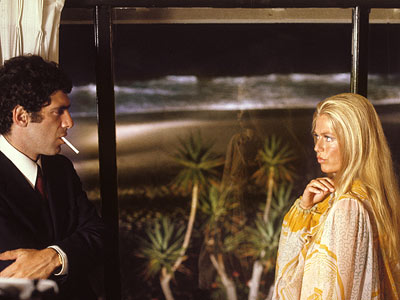
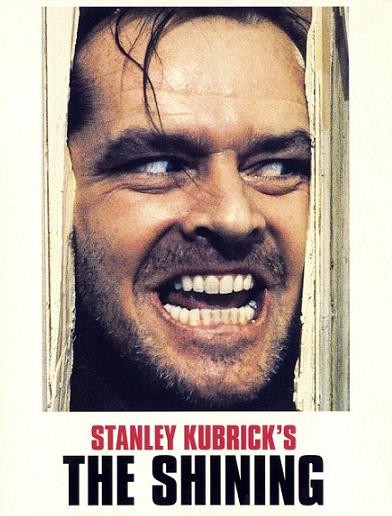
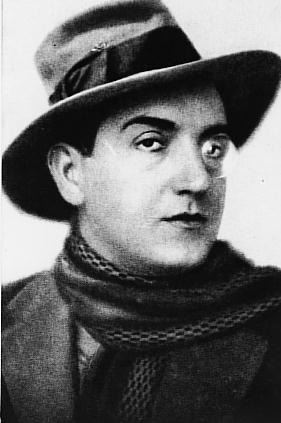
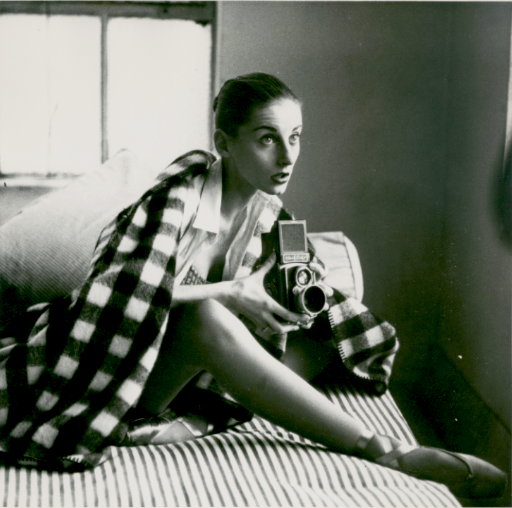
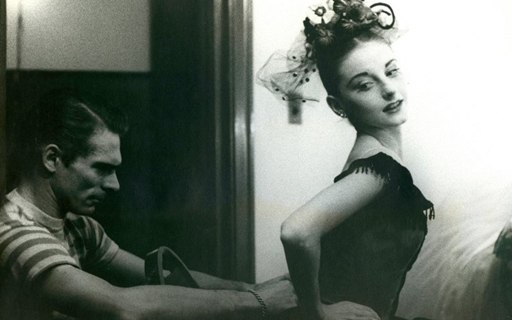
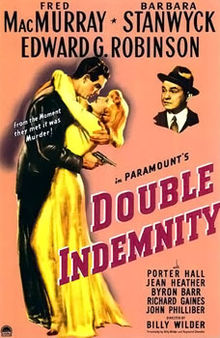
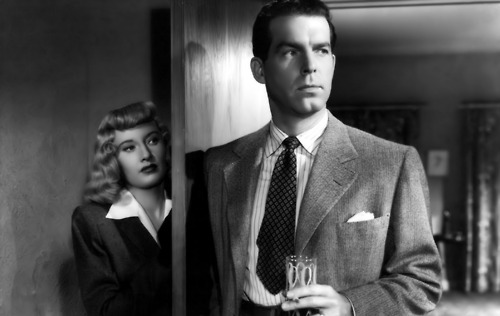
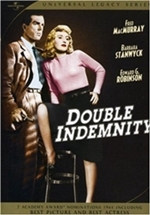
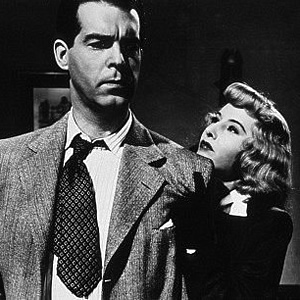
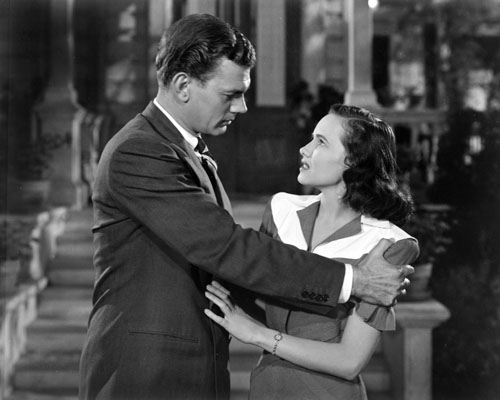
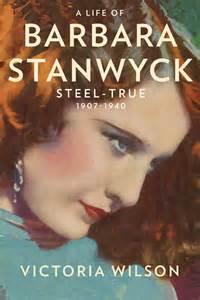
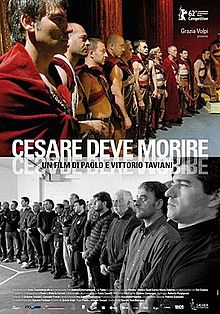





From FNB readers